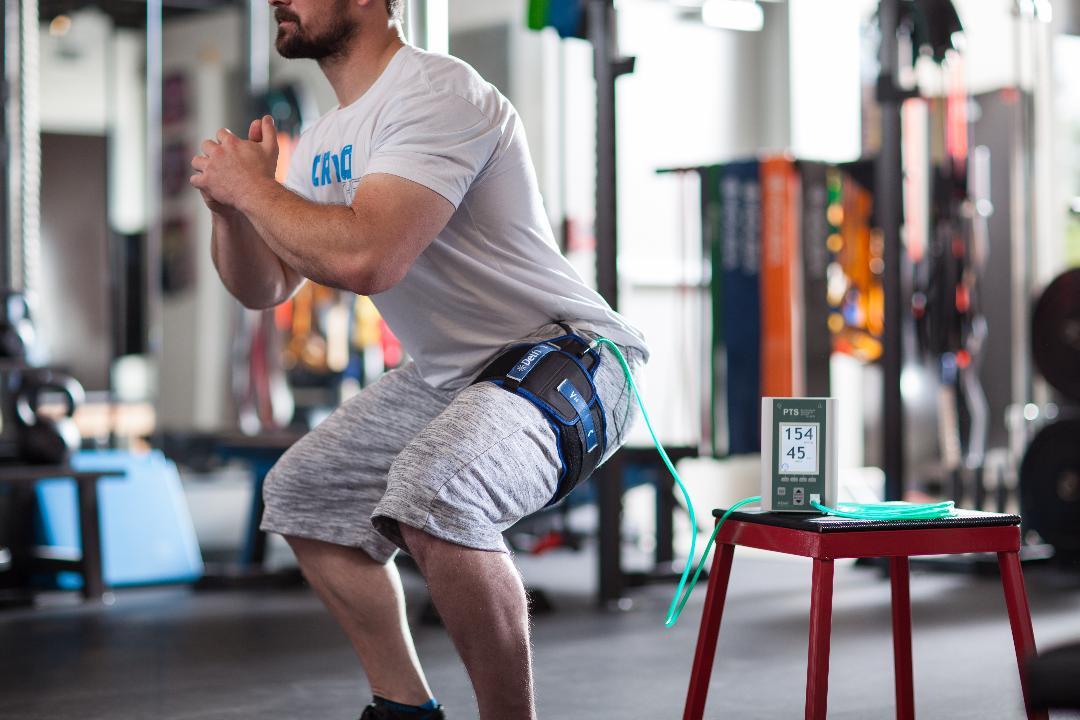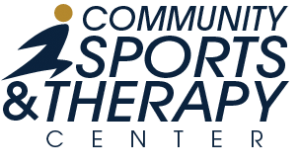

Blood Flow Restriction uses a pneumatic tourniquet system which applies an external pressure, using a tourniquet cuff, to the most proximal region of the upper and/or lower limbs. After injury or surgery a patient is usually unable to exercise at an effort level known to increase muscle strength. The application of intermittent and personalized blood flow restriction allows for strengthening and hypertrophy rehabilitation much earlier.
What does Blood Flow Restriction do?
• Activates muscle and allows for muscle growth
• Decreases muscle loss and promotes bone healing
• Creates stress on muscle to promote tissue healing
• Improves muscle efficiency with endurance activities
What should I expect and how will I feel?
When the cuff is inflating you will feel pressure being applied underneath the cuff just as you do when getting your blood pressure taken. Once the device calculates your individualized pressure the cuff is then inflated. The cuff will remain inflated while you complete exercises as instructed by your therapist. While completing exercises you may feel numbness or tingling as well as fatigue in your muscles. There may be some lingering muscle fatigue after completing the exercises, but the numbness and tingling should resolve when the cuff is removed. Blood flow restriction therapy has been shown to cause less muscle soreness than heavy lifting exercises.
When might Blood Flow Restriction be appropriate?
Blood flow restriction is appropriate when you are cleared for exercises and you are able to tolerate the pressure of a tourniquet being applied. This can be used in a wide range of acute and chronic conditions that decrease your functional mobility. Blood flow restriction therapy has been shown to improve outcomes following injuries such as:
- ACL Repairs
- Total Joint Replacements
- Rotator Cuff Repairs
- Achilles Repairs
- Muscle Strains
- Additional Musculoskeletal Issues
